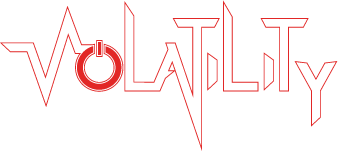
The Volatility Framework
The world’s most widely used memory forensics platform.
WHAT IS THE Volatility Framework?
First released in 2007, The Volatility Framework was developed as an open source memory forensics tool written in Python. It has remained free and available to the world, and it is actively maintained by members of The Volatility Project. Volatility development is supported by The Volatility Foundation.
Volatility releases are the result of significant in-depth research into OS internals, applications, malicious code, and suspect activities. Releases represent a milestone in not only our team’s progress, but also in the development of the community and forensics capabilities as a whole. While releases may seem few and far between, we strive to perform rigorous testing of our new features before calling it stable.
